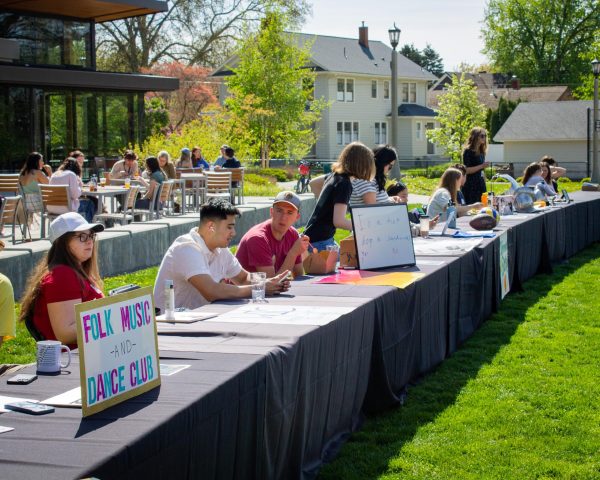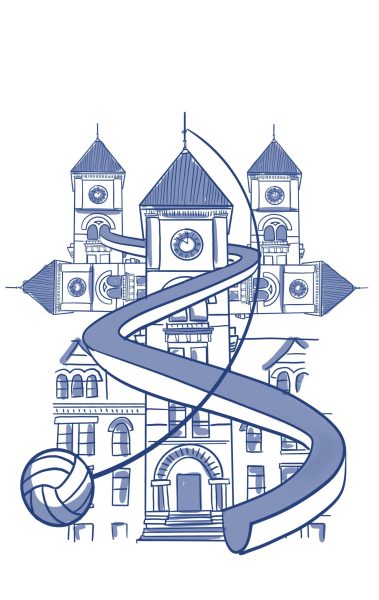Towards a Cuter Revolution
October 15, 2015
On Sept. 27, 2014, Aevee Bee made a post on her blog titled Towards a Cutie Aesthetic, making pretty big waves within certain circles of the altgames community. Speaking on current trends in mainstream AAA game aesthetics, she ended up producing a powerful statement on perceptions of reality in general. “When the only voices and people and things that are rendered with ‘reality’ are guns and metal and soldiers and dust,” she says, “then reality will be strangled. The intention of realistic graphics is not to represent reality but to overtake reality.”
After the release of Mad Max: Fury Road, Tumblr user elucipher remarked on the stunning departure it makes from the bulk of cinematic science fiction we experience today. Instead of using a dark, limited, drained color palette à la The Dark Knight, Fury Road depicts a world bursting with radiance and emotion. “Look how beautiful the world is; even when it’s dying and cruel,” she remarks in the tags of her post. “There’s hope and weird screaming optimism in every frame.”
We are sold an image of reality, not just in games but also in movies, in the news and on TV. It is a reality devoid of color. It is a reality where protests become war-zones, a reality in which value is reducible to utility, in which meaning is equated with capital. If we are to seek progress, it is expected that we do so within this framework: through violence, service or the economy.
But what if there is more going on than this narrow picture can contain? What if people can appreciate each other for more than just their utility or sex? What if a silly television show about a boy and his moms can engender understanding beyond that which you can find in a classroom? What if escaping from the world to look at cute animal videos leaves you more connected to it than ever before?
There are real problems in the world that we need to face. We have created a social environment heavily invested in the classification and policing of identities. We have created an economic system that views people as problems and liabilities rather than individuals. We have created a planet that is falling apart faster and faster every day. We are all probably going to die.
In resisting this end, however, we must be careful not to give up what matters most – ourselves, each other, our realities and all the meaning we have created. When we stand up, we must do so with color, with laughter. As Aevee remarks, “Cute graphics are the only aesthetic that can truly free you from the tyranny of reality.”
There’s something powerfully subversive about cuteness. Cute is bashful, it is weak, it is all the things you aren’t supposed to be but are, it is all the ways you aren’t supposed to appreciate things but do. Cute is emotional, it is colorful, it touches every identity without need for classification, it provides meaning outside of oppression. Cute wants you to be you and celebrates you for who you are.
I’ve read articles suggesting that post-apocalyptic stories have become so popular in modern young-adult literature because they reflect the world in which young people are now coming of age. Maybe there is some truth to that sentiment, and maybe the world really is coming to an end. Perhaps scarier, maybe the world is becoming a place where the end no longer matters. But that future is in our hands, and in creating and enjoying cuteness, we all have the power to resist.
Cuteness doesn’t seem like a tool for revolution. But within this perception lies its power: It breaks from the dominant narrative of cold, heartless oppressions and resistances. Embracing cuteness doesn’t dismiss the problems of reality, but it acknowledges the fact that, in spite of them, there are things in this world worth celebrating. And that’s something worth fighting for.








